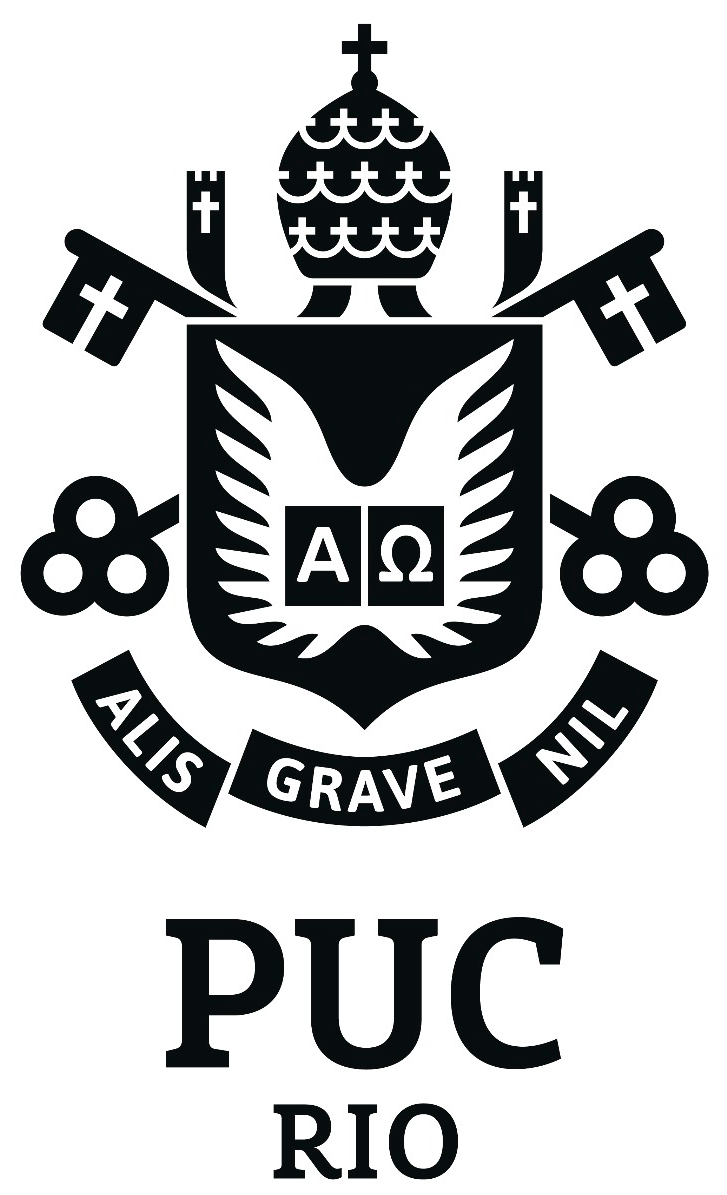Estimating the spatial amplification of damage caused by degradation in the Amazon
Proceedings of the National Academy of Sciences (PNAS), v. 120, 2023
Marina Hirota, Rafael Araujo, José A. Scheinkman, Juliano Assunção.
Acesse o artigoThe Amazon rainforests have been undergoing unprecedented levels of human-induced
disturbances. In addition to local impacts, such changes are likely to cascade following
the eastern–western atmospheric flow generated by trade winds. We propose a model of
spatial and temporal interactions created by this flow to estimate the spread of effects
from local disturbances to downwind locations along atmospheric trajectories. The
spatial component captures cascading effects propagated by neighboring regions, while
the temporal component captures the persistence of local disturbances. Importantly, all
these network effects can be described by a single matrix, acting as a spatial multiplier
that amplifies local forest disturbances. This matrix holds practical implications for
policymakers as they can use it to easily map where the damage of an initial forest
disturbance is amplified and propagated to. We identify regions that are likely to cause
the largest impact throughout the basin and those that are the most vulnerable to shocks
caused by remote deforestation. On average, the presence of cascading effects mediated
by winds in the Amazon doubles the impact of an initial damage. However, there is
heterogeneity in this impact. While damage in some regions does not propagate, in
others, amplification can reach 250%. Since we only account for spillovers mediated
by winds, our multiplier of 2 should be seen as a lower bound
Veja também
The Value of Health Insurance: A Household Job Search Approach ( a sair)
Journal of Labor Economics, 2025
Gabriela Conti, Renata Narita, Rita Ginja.
Targeting in Adaptive Networks
Journal of Economic Theory, v. 228, 2025
Timo Hiller.
Tradeoffs and synergies for agriculture and environmental outcomes in the tropics (a sair)
Review of Environmental Economics and Policy, 2025
Fanny Moffette, Jennifer Alix-Garcia, Juliano Assunção, Prakash Mishra, Teevrat Garg.

